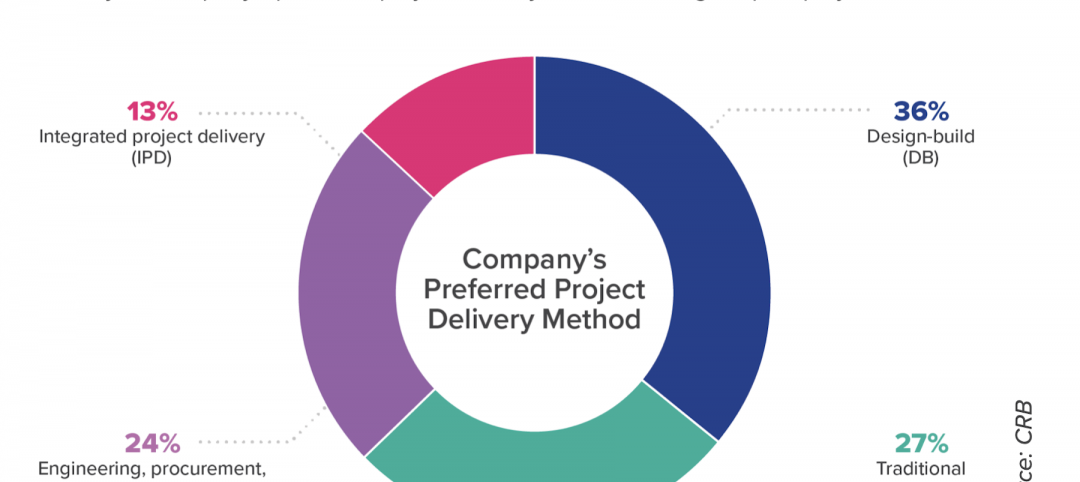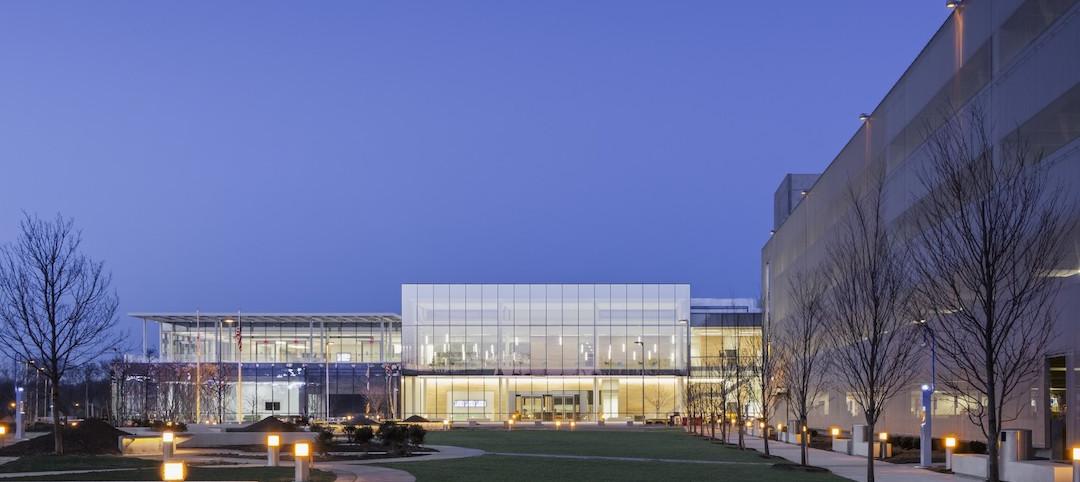The life sciences commercial real estate market has undergone a reset this year but is well positioned to be the comeback kid as capital sources grow more confident and green shoots emerge, according to JLL’s 2023 Life Sciences Industry and Real Estate Perspective. The report explores the state of the industry and identifies trends – and opportunities – for current and future lab space demand, along with the annual ranking of the top innovation communities. Additionally, JLL Research has added two new cluster rankings that reveal the five top markets for both medical technology (medtech) and biomanufacturing.
Though current industry fundaments have slowed, demand is well positioned to rebound. The top 20 venture capital (VC) firms focused on life sciences are waiting to deploy record amounts of capital. They’ve raised over $22 billion collectively since 2021 that will soon find its way into growing startups. With ample funds to close deals, the rest of 2023 will likely see mega M&A deals for companies with top-notch science deep into their clinical trials.
“The relationship between funding rounds and startup expansion are symbiotic, driving growth throughout the biotech sector, and, while the public markets have slightly cooled off, private capital remains hopeful with record dry powder from top VCs focused on life sciences,” said Travis McCready, Head of Life Sciences, Americas Markets, JLL.
The supply landscape shifted dramatically over the past 18 months, proving how sensitive the biotech sector is to microeconomic forces. At the end of 2021, demand across the top eight markets in the U.S. was more than 25 million square feet. By mid-2023, that had fallen to just over 10 million square feet.
Still, opportunities exist for tenants and landlords. A bright spot is small biotech occupiers that have a critical need for bench space. Throughout 2023, they have been the largest seeker of new space, as opposed to mid- to late-stage companies that can pause expansion plans and operate within their current space. Sub-30,000 square foot tenants accounted for 82% of deals signed in the first half of 2023, up from the previous average of 65%.
“Established pharmaceutical companies and biotechs have the chance to strategically select long-term markets for R&D growth,” said Kevin Wayer, President, Life Sciences, Work Dynamics Division, JLL. “It’s the perfect opportunity for larger companies to analyze their real estate portfolios and facilities and make informed location choices, as well as for growing companies and startups seeking to scale. It marks a new era of strategic decision-making in the life sciences industry.”
The top life sciences innovation communities
JLL Research looked at the three main components of what comprises a successful life sciences ecosystem, which are access to talent, funding that leads to commercialization and real estate infrastructure that supports current activities and further growth.
Once again, Greater Boston (1), the San Francisco Bay Area (2) and San Diego (3) reign supreme as the top three markets for life sciences commercial real estate in the U.S. It’s taken decades for these clusters to mature and evolve. Greater DC and Baltimore, Raleigh-Durham, New Jersey, New York City, Boulder and the Northwest Corridor, Philadelphia and Seattle round out the top 10, respectively.
“The elements that are mission critical for young startups to grow are numerous, and, while the top 10 markets provide what is necessary for the discovery and clinical stages and house the highest concentration of VCs with deep industry knowledge, new markets like Los Angeles, Chicago and Houston are showing signs of significant growth and potential,” added Maddie Holmes, Senior Research Analyst, Life Sciences Industry Insight and Advisory, JLL. “These emerging clusters are attracting investments from universities, institutions, governments and industry players who recognize the importance of fostering breakthrough scientific developments.”
New rankings: Medtech and biomanufacturing markets
The life sciences industry is more than the development of new therapeutics; it involves other life-impacting scientific endeavors such as medical devices and technologies and biomanufacturing, which are key drivers of the overall industry’s evolution. The long-term growth prospects for both medtech and biomanufacturing are exceptional, and, given the significant capital investments and the pivotal role of manufacturing operations in a company's success, choosing locations and sites with long-term value and optimal deployment is imperative.
Through complex analysis focused on variables specific to medtech and biomanufacturing, JLL Research uncovered the top five markets that show strength in these specific subsectors. Skilled talent and its growing demand, innovation measured by clinical trials and venture capital funding, and industry performance and concentration were among the evaluated factors.
For MedTech, Orange County, Calif., is the top-ranked market due to its presence of renowned academic and research institutions, support of the local government and industry associations and strong VC presence. Minneapolis-Saint Paul (2), the San Francisco Bay Area (3), Greater Boston (4) and Salt Lake City (5) comprise the remaining top clusters.
When it comes to the top biomanufacturing market, look no further than established juggernaut Raleigh-Durham. The area is uniquely positioned due to the history of large-scale biomanufacturing in and around Research Triangle Park and the outlying counties, large talent pool and three tier-one universities. Philadelphia (2), New Jersey (3), Greater Boston (4) and the San Francisco Bay Area (5) make up the top five.
“Medical device and testing companies represent a huge swath of the life sciences landscape in the U.S., and biomanufacturing is a critical piece of a therapeutic company’s lifecycle” said Mark Bruso, Research Director, New England and U.S. Life Sciences, JLL. “Markets that specialize in these fields and have high concentrations of talent are not necessarily the same as traditional R&D hubs, so it was important for us to shine a light on the strongest medtech and biomanufacturing hubs in the country for the first time.”
JLL's vision is to reimagine the world of real estate, creating, finding, locating and operating safe and amazing spaces. JLL’s Life Sciences team of 3,000+ experienced professionals are a safe pair of hands to help biotechnology, pharmaceutical, medical devices organizations, investors and developers achieve their ambitions. JLL brings deep understanding of location analytics, project management, research advisory, financial incentives, transaction management, capital markets, real estate strategy and technology, facilities management, regulatory compliance and quality, and more. Our solutions help fuel innovation, enhance efficiency, improve financial performance and attract and retain top talent. Our team is trained and certified to operate within office and critical, regulated environments of lab and manufacturing space. To learn more, visit us.jll.com/lifesciences.
Related Stories
Laboratories | Feb 3, 2022
New veterinarian building is Norway’s largest ever development in the university sector
The project is one of the largest and most complex ever undertaken in Norway.
Laboratories | Jan 28, 2022
3 must-know strategies for developers in today’s life sciences industry
While the life sciences industry had been steadily growing, this growth exploded when the pandemic arrived—and there is no indication that this lightning-fast pace will slow down any time soon.
Laboratories | Jan 17, 2022
A health crisis gives life to life sciences
Construction and renovation projects are heaviest in markets with consistent talent streams.
University Buildings | Jan 11, 2022
Designing for health sciences education: supporting student well-being
While student and faculty health and well-being should be a top priority in all spaces within educational facilities, this article will highlight some key considerations.
Giants 400 | Dec 31, 2021
2021 Science and Technology Sector Giants: Top architecture, engineering, and construction firms in the U.S. S+T facilities sector
HDR, CRB, Jacobs, Skanska USA, and Whiting-Turner Contracting Co. top the rankings of the nation's largest science and technology (S+T) sector architecture, engineering, and construction firms, as reported in the 2021 Giants 400 Report.
Laboratories | Nov 18, 2021
Tapping into the life sciences building boom
Paul Ferro of Form4 Architecture discusses how developers are pivoting to the life sciences sector, and what that means for construction and adaptive reuse.
2021 Building Team Awards | Nov 17, 2021
Caltech's new neuroscience building unites scientists, engineers to master the human brain
The Tianqiao and Chrissy Chen Institute for Neuroscience at the California Institute of Technology in Pasadena wins a Gold Award in BD+C's 2021 Building Team Awards.
Laboratories | Nov 17, 2021
New report finds a biopharma industry being reshaped by disruption
Industry respondents to CRB’s survey weigh in on project delivery, digitization, and off-site manufacturing for life sciences construction.
Laboratories | Oct 14, 2021
‘Next-generation’ Quest Diagnostics lab unveiled in New Jersey
Mark Cavagnero Associates designed the project.
Laboratories | Aug 31, 2021
Pandemic puts science and technology facilities at center stage
Expanding demand for labs and life science space is spurring new construction and improvements in existing buildings.

















